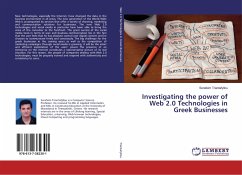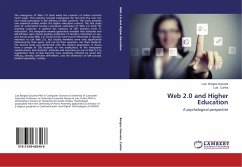It has been almost 6 years since the term E-learning 2.0 was first introduced by Stephen Downes. In 2005, Downes announced a very important principle of E-learning. According to his theory, learning content is no longer the privilege of teachers or courseware authors. Learning content could also be created, contributed and managed by students. Therefore, under this theory, e-learning 2.0 has three basic factors; distribution, co-operation and openness. Learning materials could also be reused and redesigned based on the needs and interests of students instead of the lecturer (Downes, 2005). Obviously, e-learning 2.0 changes the way users distribute and share information and interact on the Internet.







